Choosing the right wood baseball bat is crucial for any player. This guide covers the different types of wood used in baseball bats and their unique characteristics. By understanding the pros and cons of different wood types, you’ll be able to choose the right wood baseball bat that will enhance your performance on the field.
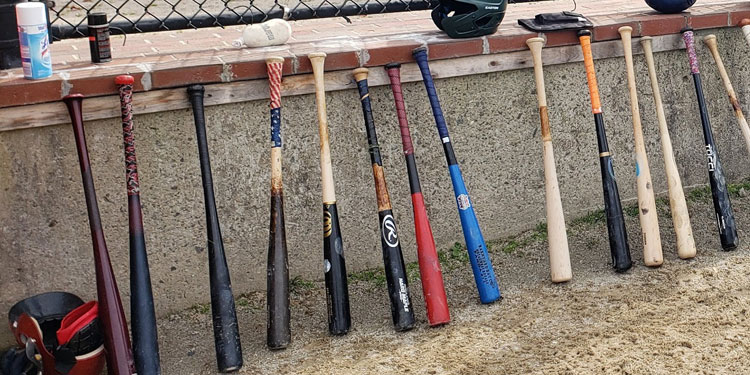
On Deck: How Baseball Bats Are Built for their First At-Bat
The process of making a wood baseball bat typically begins with selecting high-quality wood billets, which are long and narrow pieces of wood. The billets are then cut to the desired length for the bat and are then shaped and sanded to the desired shape and size. The bat is then finished with a clear coat or stain to protect the wood and enhance the appearance of the bat. Some manufacturers also use a kiln to dry and cure the wood before shaping, which can help to reduce the risk of cracking or warping.
Once the bat is shaped and finished, it is inspected for defects and then packaged and shipped to retailers or directly to customers. The process of making wood baseball bat is traditionally done by hand by skilled artisans, but there are also machines that can make the process faster and more efficient.
The quality of wood and the manufacturing process can affect the characteristics of the bat, such as weight, balance, and feel. It’s recommended to research and try different models to find the one that best suits your preferences and playing style.
There have been no definitive studies that show a correlation between baseball batting average and the type of wood used in a bat. Factors such as the player’s skill level, the quality of the bat, and the player’s personal preferences are likely to have a greater impact on their batting average than the type of wood used in the bat.
At Bat: Wood Options for Baseball Bats
Choosing the right wood baseball bat is crucial for any player. This guide covers the different types of wood used in baseball bats and their unique characteristics.
Maple
Maple wood bats are known for their hardness and durability, making them a popular choice among professional players. They have a dense wood grain structure that gives them a solid feel and a loud “ping” sound when they make contact with the ball. Maple bats are also known for their ability to maintain their shape and weight, even after multiple uses. About 70% of MLB hitters swing maple.
Cons: Because maple wood bats are harder than the average bat, this can make them heavy and difficult to control. This makes them not suitable for players who prefer a lighter bat with more control. Maple bats are also known to have a smaller sweet spot than other types of wood bats, making it harder for players to make contact with the ball.

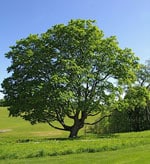
Ash
Ash wood bats are known for their flexibility and light weight. They have a softer wood grain structure which allows them to bend without breaking, making them a great option for players who prefer a more flexible bat. Ash bats also have a larger sweet spot than other types of wood bats, making them ideal for players who want more contact with the ball. About 25% of MLB hitters use Ash.
Cons: Because ash bats are more flexible, this can make them prone to breaking or cracking. Ash bats also have a tendency to lose their shape and weight after multiple uses, which can affect their performance.


Birch
Birch wood bats are known for their combination of hardness and flexibility. They have a similar wood grain structure to ash bats, but are denser and heavier, making them a great option for players who want a balance of power and control. Birch bats also have a longer lifespan than other types of wood bats, making them a cost-effective option. About 5% of MLB hitters swing birch.
Cons: Because birch wood bats are known for their combination of hardness and flexibility, this can also make them less durable than other types of wood bats, and give them a shorter lifespan. This means they may need to be replaced more frequently.
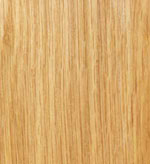
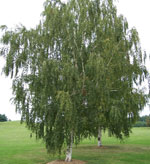
Bamboo
Bamboo wood bats are known for their strength and durability. They are made from compressed bamboo fibers, which make them harder and more durable than traditional wood bats. They also have a unique, distinct sound when they make contact with the ball.
Cons: Because bamboo bats are composites (more on that later), they may not be legal for use in every league. But they are definitely legal in many, so be sure to check your league bi-laws.
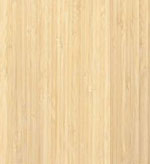
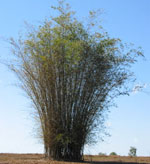
On the Bench: Less Common Wood Bat Options
Less common woods are occasionally chosen by the baseball player who wants to try everything. Some of these woods include:
Walnut
Walnut wood bats are known for their unique look and feel. They have a dark, rich color and a tight wood grain structure that gives them a solid feel.
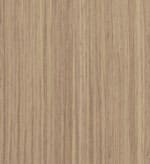
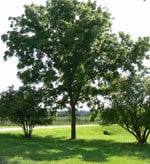
Cherry
Cherry wood bats are known for their unique look and feel. They have a light reddish color and a tight wood grain structure that gives them a solid feel. Unfortunately, they tend to be quite heavy.
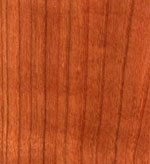

Hickory
The first baseball bats were made out of hickory, which is the heaviest and hardest of all bat-wood species. It’s very stiff, has no flex (i.e., no trampoline effect) and little feel. The hard wood results in high exit velocity. They are durable and don’t break easily.
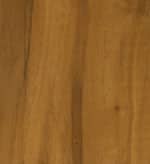
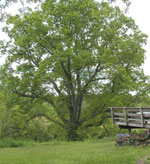
Oak
Oak woods are known for their strength and durability. They have a tight wood grain structure that makes them harder and more durable than traditional wood bats. But they also tend to be quite heavy.

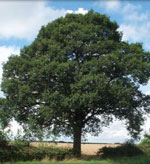
Wood Baseball Bat Sizing Chart
There are a few factors to consider when selecting the length of a baseball bat. One of the main considerations is the player’s height and weight. A general rule of thumb is that a player should be able to comfortably hold the bat with one hand and have their other hand touch the barrel of the bat while holding it parallel to the ground.
Another important consideration is the player’s age and skill level. For younger players and players with less experience, a lighter and shorter bat may be more appropriate, as it will be easier for them to control and generate power with. For more experienced and older players, a longer and heavier bat may be more appropriate, as it will allow them to generate more power and have a larger sweet spot.
Some players that use a shorter bat on purpose, to have more control over the ball and have a better swing speed. Other players use a longer bat on purpose, as the incremental length gives the bat incremental whip which can increase exit velocity, though the bat will be heavier and harder to control.
It’s important to try different bats and length to find what is the most comfortable for you. Even with the general rules above, some players may prefer a different size. Try the baseball bat sizing chart below to help guide your decision – before you purchase!
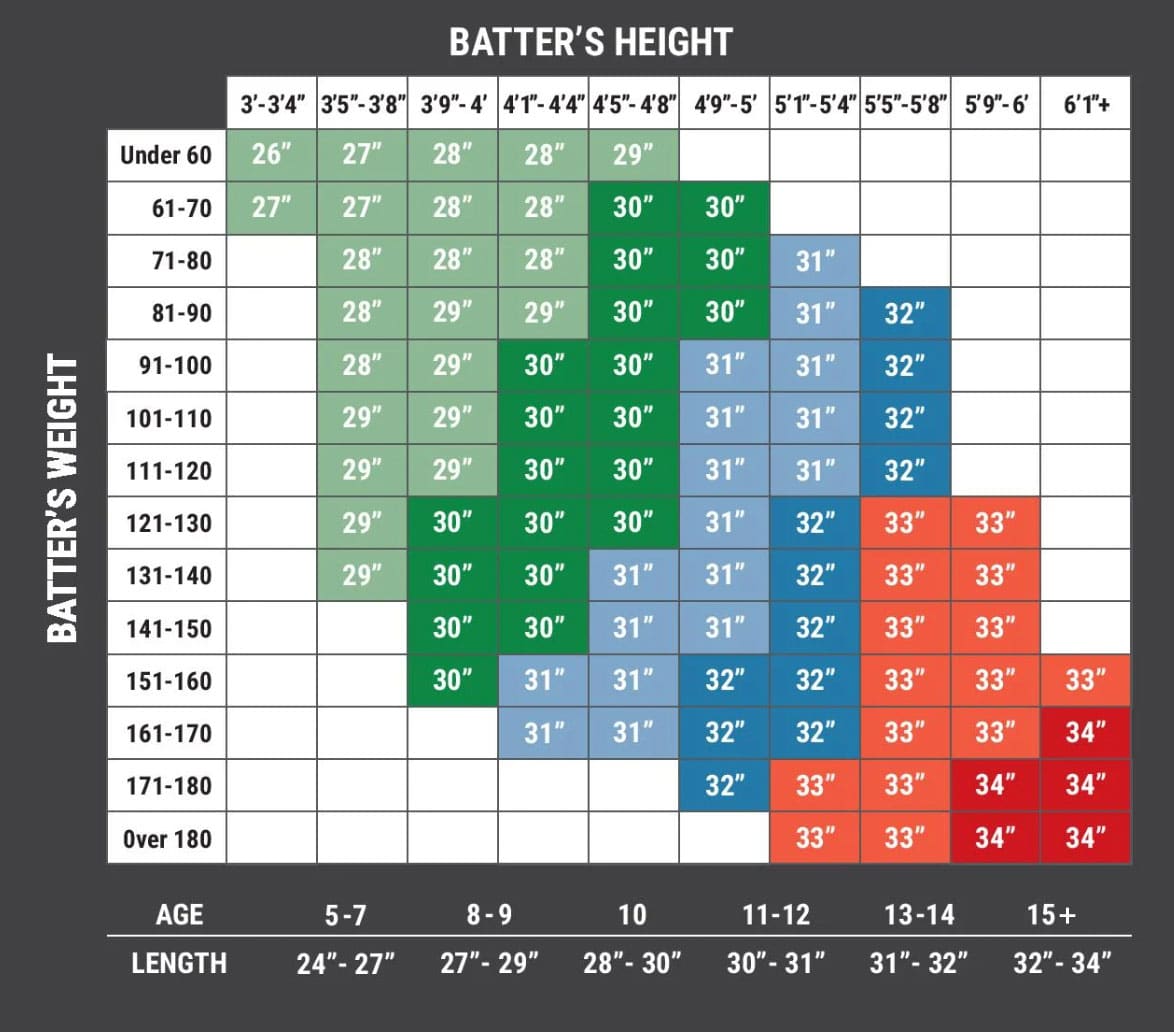
Composite Bats
Composites baseball bats aren’t a specific type of wood. Composites are typically made from a combination of wood fibers and composite materials, which makes them harder and more durable than traditional wood bats. Sometimes, they are bats made from multiple pieces of wood, glued or woven together, as is typical with bamboo bats.
Composite baseball bats are great for batting cage use, as they are tough to break. I’ve seen composite bats have small chunks break off, yet remain perfect for batting cage use. This makes them quite economical, regardless of their upfront cost.
Fungo bats that coaches use to hit infield/outfield are also typically composite. This gives them longevity to last a full season (or longer).
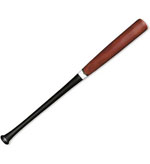
Metal Baseball Bats
Metal baseball bats are good because they are more durable and can withstand more impact than wood bats. They also tend to have a larger sweet spot, which can make them more forgiving for players who don’t hit the ball perfectly. This also makes them more dangerous for opposing pitchers! But since they don’t break, they last a while, can be shared, and are often used in youth leagues.
Wood bats are generally considered to be better for experienced players because they have a more traditional feel and can provide more feedback on contact. And most adult leagues play with wood.
Additionally, wood bats are often considered to have a better “pop” sound when they make contact with the ball, which some players prefer. Nobody likes the “clink” sound metal bats make!
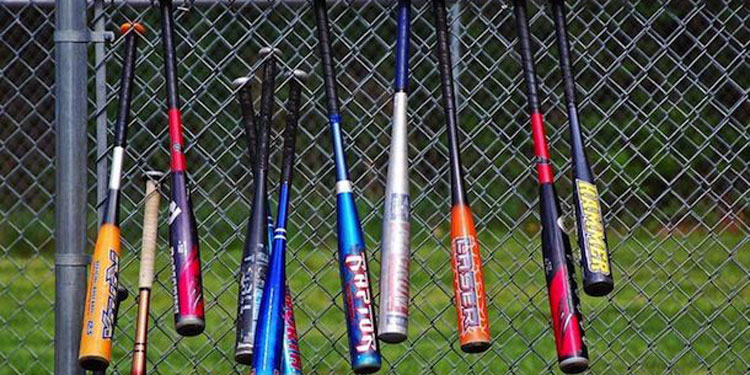
Caring for Your Wood Baseball Bat
Wood baseball bats can also be customized to suit the player’s preferences:
- Shape – A cupped end can reduce weight of bat. A sanded down handle can provide a thinner piece of wood to hold, allowing for a faster whip. Baseball bat knobs, handles, and barrels come in a variety of shapes and sizes, and it all comes down to personal preference.
- Grip – Often, you’ll see batters rubbing the handle with a rock. This helps remove varnish and old pine tar, thus providing a better grip. Of course, adding pine tar provides stickiness.
- Finish – Wood baseball bats can be treated with clear coats or stains, which can affect the look and feel of the bat. Some batters opt to have the handle of the bat unfinished. This way, it is less slippery, and also can absorb sweat from the hands more. Others opt to have the bat stained with their team colors.
No matter which wood bat you use, take care of it by keeping it dry and maintaining it.
For instance, if you keep your bat in a car trunk it could absorb moisture. It will then dry, then absorb moisture again – over and over. This weakens the bat for game use, and also reduces longevity. Plus, if you practice in the winter in cold wether climates, this moisture may freeze, expanding the wood, and causing it to prematurely crack. And during the summer, your car can become an oven, causing your bat to become brittle.
Would you like to be kept in the trunk of your car during any season? Treat your bat like you’d want to be treated yourself, and the results will be rewarding!

The Unwritten Rule – Always Carry an Extra Bat
You wooden baseball bat will break. It doesn’t matter how much you spent on your bat, as there isn’t always a correlation between price and quality. Sometimes a bat is just more expensive due to how much a brand spends on advertising!
Your bat will break for many reasons, including:
- Overuse – Using a bat too frequently can cause it to weaken and eventually break.
- Impact on the handle – If the bat hits the handle too much, the handle may become weak and eventually break.
- Impact on the barrel – If the bat hits the ball too much on the same spot on the barrel, it can weaken the wood fibers and cause the bat to break.
- Incorrect Storage – If a bat is not stored properly, it may become damaged and more prone to breaking. For example, storing a bat in a damp area can cause the wood to weaken and warp, making it more likely to break.
- Material Quality – Wooden bats are made of natural materials and that can have variations in density, grain structure and moisture content. These variations can affect the bat’s strength and make it more prone to breaking.
- Manufacturing defects – Sometimes the bat can have a defect in the manufacturing process that can make it weaker or more prone to breaking.
- Improper use – Using the bat on pitches other than baseball pitches (e.g. batting practice balls) or using it for other purposes than hitting a ball can cause the bat to break.
Pro tip: Nobody wants to share their bat with you! A good teammate might, but they don’t want to, and it’s rude to ask. So always have an extra bat in your bat bag, for when your bat eventually breaks, because it will.
And when your bat does break, we hope it dies a soldier.
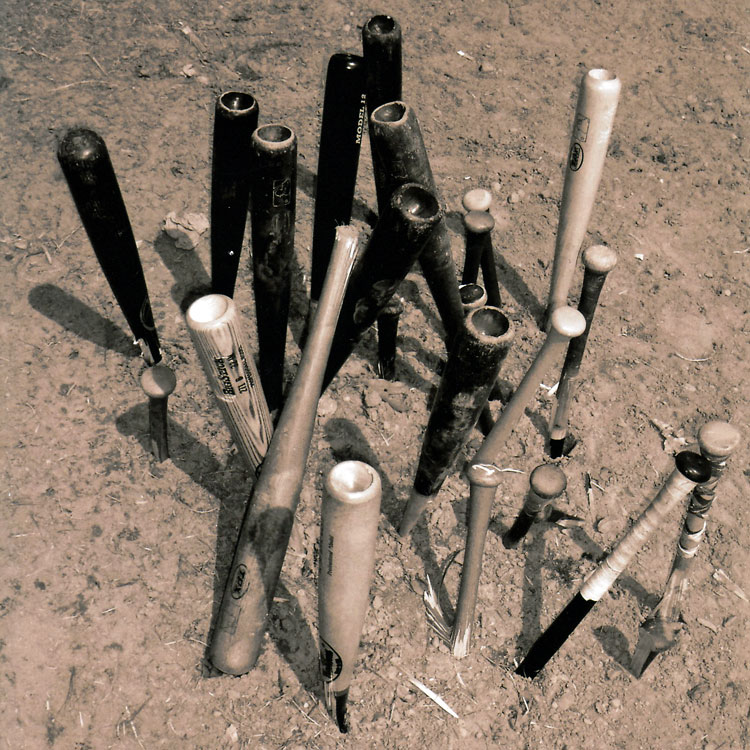
Brett Rudy is a trailblazer in the world of baseball. As the founder of Baseball Is My Life and co-founder of Charity Hop Sports Marketing, he’s dedicated to elevating the sport and supporting the athletes who play it. With a passion for making a difference, Brett has created successful philanthropic initiatives like Charity Wines and 100 Innings of Baseball for ALS. He’s also the mastermind behind the Corked Bat Collection, Cooperstown Classic at the Baseball Hall of Fame, and Winterball for Toys for Tots. When he’s not working to improve the game, Brett can be found playing outfield in the Boston Metro Baseball League, living and breathing the sport he loves.